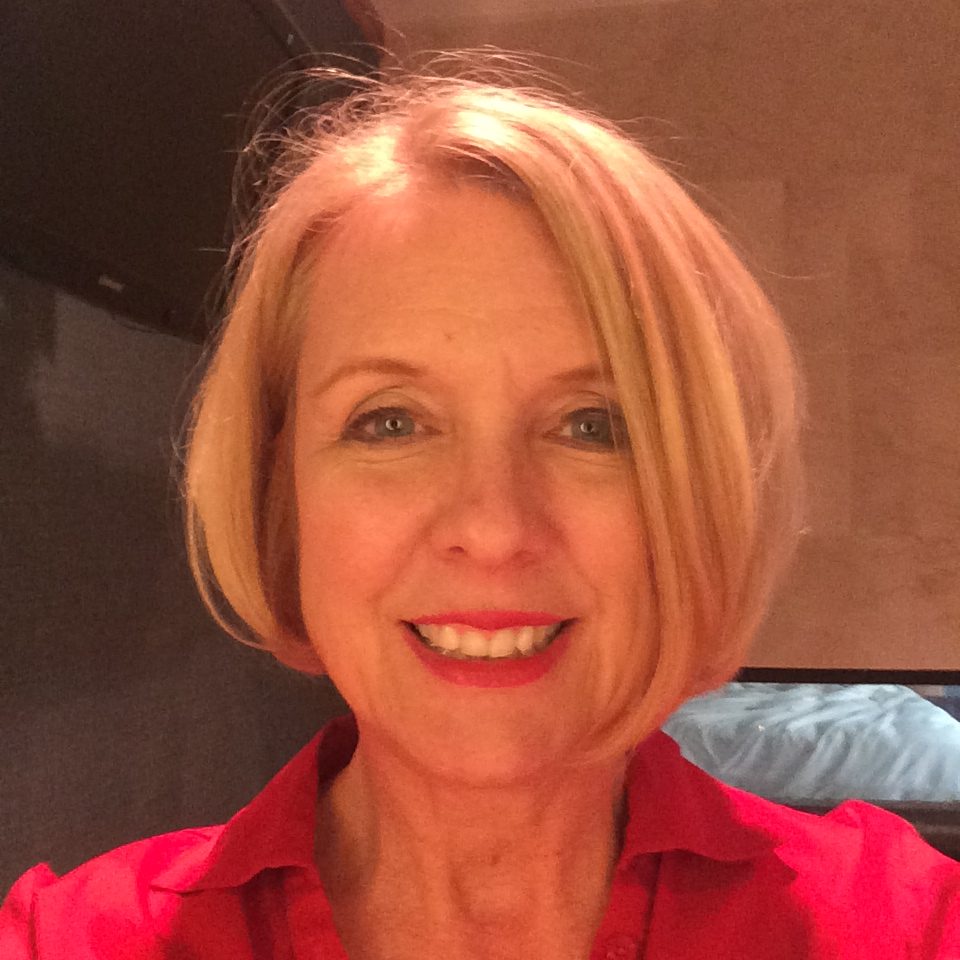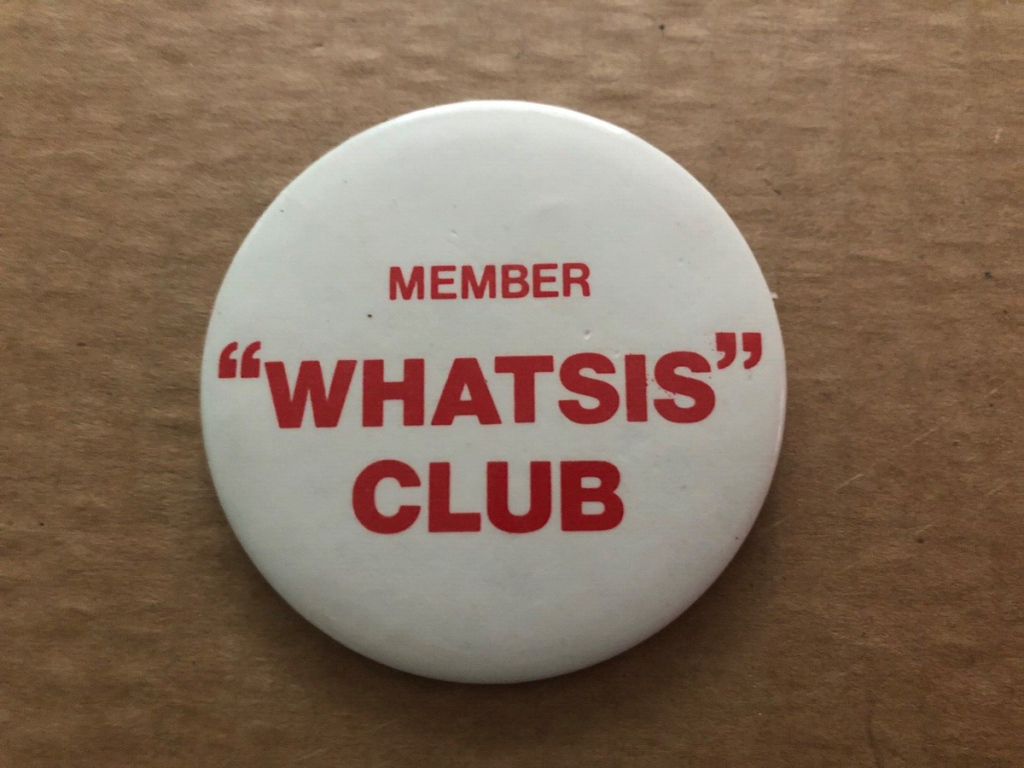Even though he’s at retirement age, T.S. Dharmarajan, MD, continues to care for older patients as the clinical director of geriatrics at Montefiore Medical Center in Bronx, NY. But he’s terrified of the possibility of becoming a patient himself one day.
“I’m healthy now, but I’m scared to death when I think of the time when I’m going to be admitted to a hospital and taken care of by a hospitalist who has no [geriatric training],” he said.
Dharmarajan knows he’s unlikely to receive care from a physician with geriatric expertise, because there aren’t enough of them now—and it’s only going to get worse.
While the population of adults over 65 in the United States has exploded, the number of geriatric specialists has decreased, from 10,270 in 2000 to 7,300 in 2019, according to The Looming Geriatrician Shortage, a 2019 report that Dharmarajan co-authored with Paula Lester, MD, and Ele Weinstein, MD.
The American Geriatrics Society estimates that about 30,000 geriatricians will be needed to provide high-quality care for the most vulnerable elderly by 2030. Yet about half of all fellowships in geriatrics in the United States continue to go unfilled every year, and there’s no sign the trend will reverse.
“The need for expertly trained and passionate geriatric physicians is clear,” according to the 2019 report.
Why Geriatricians Matter
Geriatricians are trained in caring for older patients, particularly those with frailty, cognitive decline (Alzheimer’s or other forms of dementia) or multiple medical issues.
“The knowledge base that geriatricians have is very different than that of practitioners who are just taking care of older people,” said Dharmarajan, who is also a professor of medicine at Albert Einstein College of Medicine. “There’s a huge difference.”
One reason why geriatricians are so essential: they understand the ways that physiology changes as people age. Most older people expect to eventually lose bone density and muscle mass and to experience a measure of vision and hearing loss. But other, more subtle changes occur with aging. As the COVID-19 pandemic demonstrated, aging is associated with lowered immune function and greater susceptibility to infection. Kidney function also declines with age.
“One of the main drawbacks of not having robust geriatric training is the lack of understanding of the aging physiology,” said Diane Kerwin, MD, a geriatrician and Alzheimer’s researcher in Dallas, TX. “And usually in geriatrics, you are managing several chronic disease states as well as the aging body, with the focus on maintenance of function and independence.”
Many older adults live with multiple health issues, like hypertension, diabetes or heart disease.
“If you have a 40-year-old patient who has pneumonia, you can just give them antibiotics, but if you have an 80-year-old with pneumonia and 10 other conditions, that’s much more complicated,” said Paula Lester, MD, director of the fellowship program in geriatric medicine at NYU Grossman Long Island School of Medicine and chair of the geriatrics task force for the New York chapter of the American College of Physicians.
Managing a chronic condition with an older patient is more complex. For younger patients with diabetes, for example, doctors typically focus on tightly controlling blood sugar levels, because high blood sugar can cause long-term problems like blindness, kidney problems and neuropathy. But that strategy doesn’t necessarily work for older patients, according to Barry Wu, MD, professor of medicine at Yale School of Medicine.
Older people respond to medications differently and sometimes develop different symptoms than those who are younger.
“With an older person, if you have such tight control, you may put that person at more risk for low blood sugar, and low sugar can kill you,” he said. Plus, the long-term effects of high blood sugar may not take priority for a patient who’s unlikely to live another 10 or 20 years.
Older patients metabolize medications differently and may experience more severe side effects. They may have difficulty taking medication according to directions.
“You’ve got to weigh the risks and the benefits of the medicines,” Wu said.
Without specialized care, older patients may be misdiagnosed, and treatable problems may be overlooked. Kerwin says it’s not uncommon for her to see patients whose cognitive impairment was previously dismissed by medical providers as normal aging and left untreated.
“It’s possible that the cognitive impairment could’ve been due to a thyroid problem, a B12 deficiency, a urinary tract infection or a series of small strokes,” she said. “These are treatable conditions.”
Patients with undiagnosed Alzheimer’s or dementia may miss the benefits of early interventions, like medication that could have helped slow disease progression.
Another subtlety of treating older patients: “Older adults have atypical presentations of conditions,” said Ele Weinstein, MD, associate professor of medicine at Albert Einstein College of Medicine. “There are differences in patterns of illness, and differences in conditions that older adults present with.”
For example, a younger patient with a urinary tract infection (UTI) will likely report classic symptoms like burning, pain or frequent urination. An older adult with a UTI might instead exhibit confusion or lethargy.
Managing Multiple Conditions
Geriatricians follow the “Geriatric 5Ms,” their key focus issues: mind, mobility, medications, multi-complexity, and matters most.
“Mind” refers to the importance of assessing mental acuity and recognizing conditions like dementia, delirium and depression. “Mobility” relates to fall prevention and optimizing gait and balance. “Medications” includes reducing polypharmacy (multiple medications), de-prescribing, and recognizing harmful side effects of medications.
“Multi-complexity” involves managing multiple illnesses and conditions, as well as living environments and social concerns. “Matters most” refers to guiding patients’ care based on their values and priorities.
Many geriatricians consider “de-prescribing” medications to be one of the most valuable functions of geriatricians. Patients with multiple health problems typically see several specialists who each prescribe medications. Geriatricians are trained to spot potential drug interactions—which are more common and more severe with older patients—and to weigh the benefits against the risks of each medication.
“When you go to a doctor with a complaint, they give you a pill,” said Lester. “But if you go to a geriatrician with a complaint, they may take away a pill. It’s just a very different philosophy.”
Lester adds that geriatricians are much better at prognostication.
“That’s basically looking at a patient and their lives and their condition and their whole situation and figuring out, ‘Are they going to get better? Are they safe to go back to where they were before? Are they going to recover from this illness? Do they need hospice?’” said Lester. “I do that somehow in my head, quickly and accurately. In general, geriatricians are much, much better at prognosticating. That is so important for the people who want to know what their life expectancy is, what that time will look like, and then they can decide how they want to spend it.”
Why the Shortage
Since the publication of their 2019 report, the co-authors say they have not seen sufficient change to increase the supply of geriatricians. Dharmarajan noted that he created the geriatric medicine fellowship program in 1991 at Our Lady of Mercy Medical Center in the Bronx, currently Montefiore Medical Center (Wakefield Campus), where he also serves as professor of medicine. “In the first 10 to 15 years, there was no problem filling those fellowships, but we have seen a very clear decline in the number of applicants in the last 15 years,” he said.
Lester said geriatrics has a “PR problem” that discourages medical students from choosing the field. Most students complete their geriatric rotations in hospitals, where patients are typically very ill and unlikely to recover. However, geriatricians themselves report some of the highest levels of social satisfaction among medical specialties, citing the relationships they build with their older adult patients, the more holistic approach of geriatric medicine and even the challenge of handling medically complex cases.
Geriatricians spend more time with each patient. Because virtually all their patients are on Medicare, geriatricians are paid at Medicare rates—generally lower than regular health insurance. As a result, geriatrics ranks as the fourth-lowest-paid medical specialty, only slightly more than pediatrics, medical genetics and family medicine.
Another factor is the rise in the number of hospitalist positions. Hospitalists are doctors who provide primary care for patients while they’re hospitalized. The term was coined in 1996 when there were a few thousand hospitalists in the United States. Now there are more than 50,000.
“It’s easy now for a medical student to finish three years of residency and just become a hospitalist with fixed hours and a very attractive salary,” Dharmarajan said. “Why waste one more year for a fellowship for geriatric medicine, and then deal with all the very complex illnesses that older people have and work for less money?”
Facing the Future
Some medical schools are looking to help fill the gap by adding geriatric training as part of their medical education.
“We won’t be able to train enough geriatricians, so the goal is to train other professionals throughout medical school in geriatrics,” said Wu, who directs the introductory and final courses at Yale School of Medicine.
In the intro course, students take their first medical history on older adult patients, beginning with an assessment of the patient’s values. Students are introduced to basic concepts of geriatrics, including patient priorities care—identifying patients’ goals and values, which ultimately guide their care.
Lester also hopes that hospital administrators will recognize the cost-savings potential of geriatric expertise.
“What do hospitals worry about?” Lester said. “They don’t like falls. They don’t like readmissions. They don’t like people dying [outside of] hospice. They don’t like pressure ulcers or delirium. Those are all geriatric things. That’s literally what we do.”

Freelance writer Mary Jacobs lives in Plano, TX, and covers health and fitness, spirituality, and issues relating to older adults. She writes for the Dallas Morning News, the Senior Voice, Religion News Service and other publications; her work has been honored by the Religion Communicators Council, the Associated Church Press and the American Association of Orthopaedic Surgeons. Visit www.MaryJacobs.com for more.



